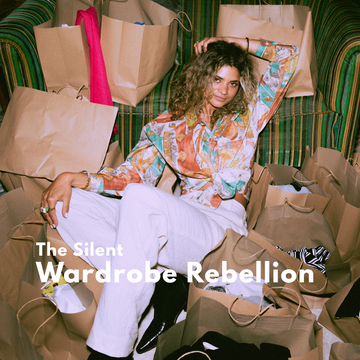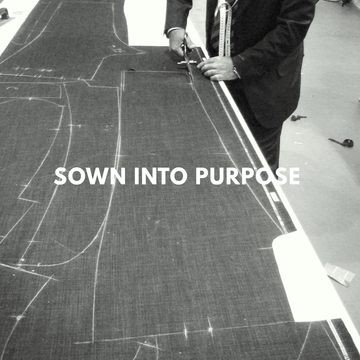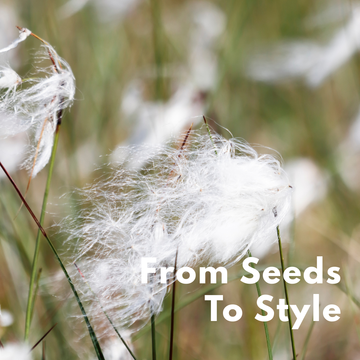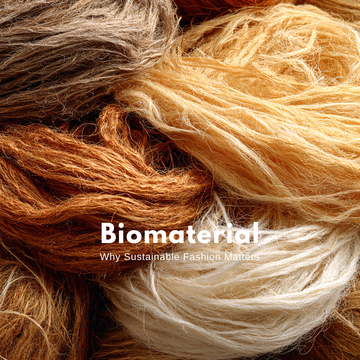A Manifesto in Fabric, Written to the Inheritors of Our Choices
Dear Granddaughter,
If you're reading this letter tucked in the pocket of a white linen dress, faded at the hem and fragrant with memory, then perhaps my plan worked. Perhaps this dress survived not because it was fashionable, but because it was faithful. It carried me through seasons of sun and soul-searching, and now it carries a message to you.
This isn’t just a letter. It’s a time capsule woven in thread. It’s the final stitch of a garment that never went out of style, because it was stitched with care, with consequence, and with consciousness.
The Future Was Sewn By Those Who Remembered the Past.
Before your world sleek, slow, and circular there was ours: a loud, rushed society of overflowing closets and empty meaning. We called it fast fashion, though there was nothing fast about the damage it left behind.
We forgot what your great-great-grandmother knew without being taught.
That fabric was once sacred. That clothes were once heirlooms. That to mend was a form of love.
In her days, a woman might own five dresses in her lifetime. Each one sewn with human hands, dyed in plants that grew beside her home, and worn until it became part of her biography. Now, we own 60 garments a year and remember none.
That’s when some of us woke up.
How We Transformed the Industry (And Why It Almost Didn’t Happen)
We realized our clothes were not just choking our landfills; they were strangling our future.
Every second, one garbage truck of textiles was being burned or buried.Polyester: cheap and omnipresent was made from petroleum, heating the Earth with every sale.
Cotton: although natural, was soaked in pesticides and dyed in chemical vats that turned once sacred rivers into toxic drains.

Fashion had become one of the top 5 polluting industries on the planet, and then something radical happened.
”We chose beauty with a backbone”.
“We began to ask, Who made my clothes? What water fed this cotton? What child’s sleep was stolen so I could wear sequins?”
When we realized that a T-shirt could either harm a village or heal a valley, we chose healing.
Sustainably U was born from that decision.
Conclusion: The Legacy Lies in Your Hands
Fashion has always been a mirror but today, it must also be a map. In the delicate folds of what we wear lies the blueprint of the world we are building. A single garment can either unravel ecosystems or reweave economies. The choice is no longer distant. It is draped over your shoulders, stitched into your sleeves, and whispering through your wardrobe.
To embrace sustainable fashion is not to return to the past, but to honor it while rewriting the future.
You are not just a consumer.
You are a curator of culture, a custodian of the Earth, and a storyteller through thread.
So, as you dress tomorrow, ask yourself.
Will I wear the world I want to live in?
Let the answer be a resounding yes.
Let it echo in cotton and silence, in soil and silk.
Let it live on like this letter in the final stitch.
References & Credible Sources
Who Made My Clothes? Transparency campaigns and worker statistics
UN Environment Programme: Putting the brakes on fast fashion
World Resources Institute: Apparel & Footwear: Climate impact and data






